35 Free futuristic architecture transparent PNG images
Welcome to our Futuristic Architecture image collection, featuring over 35 free AI-generated images. Explore a diverse array of stock photos, 3D objects, vectors, and illustrations that showcase the cutting-edge and imaginative designs of the future. Enjoy high-resolution downloads and use our 'open in editor' feature to customize prompts and regenerate images to suit your unique needs.

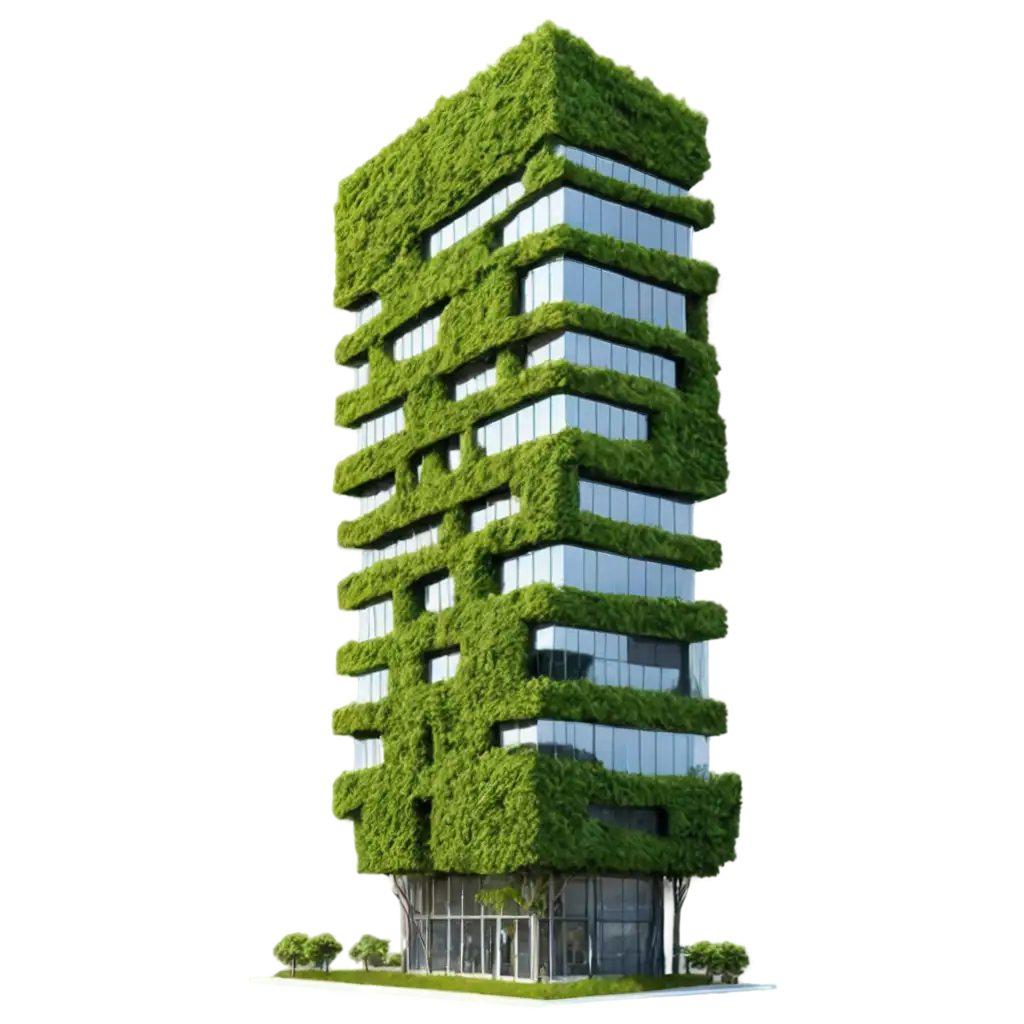
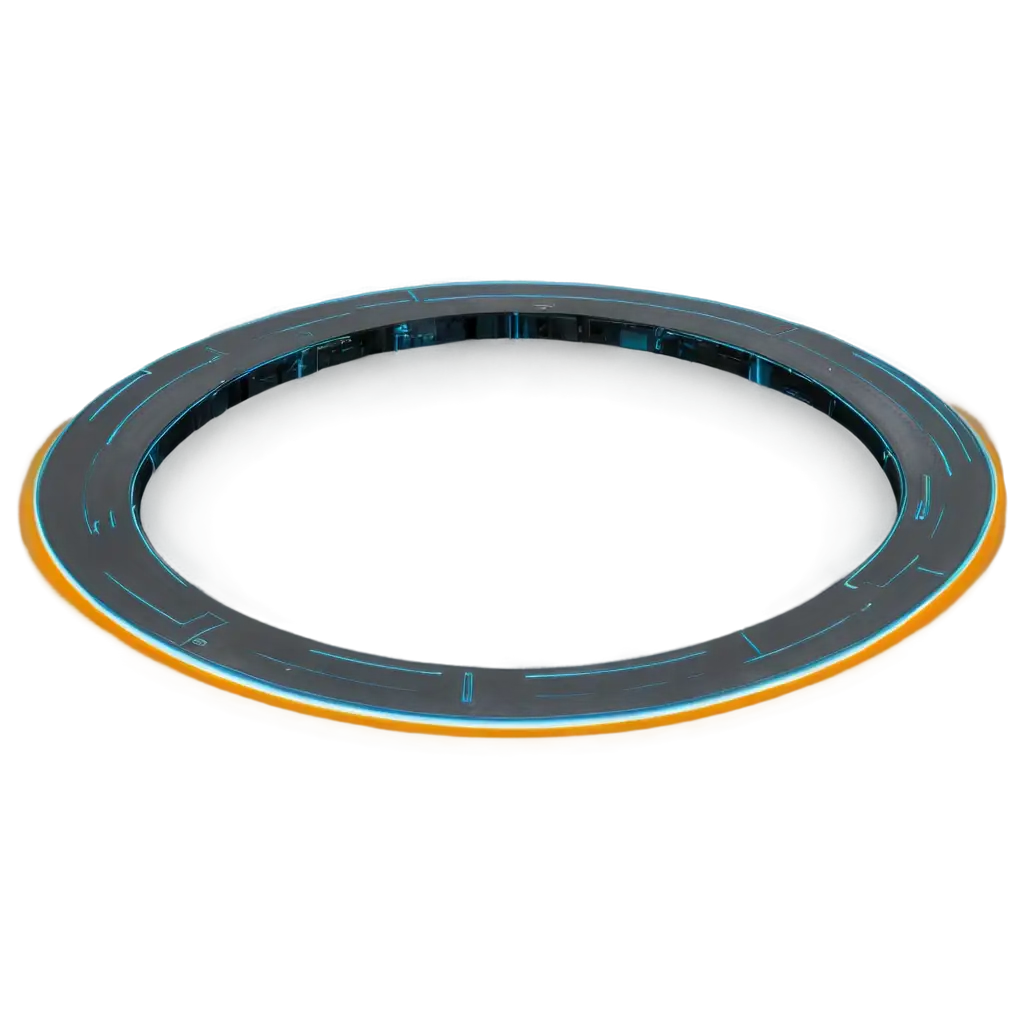

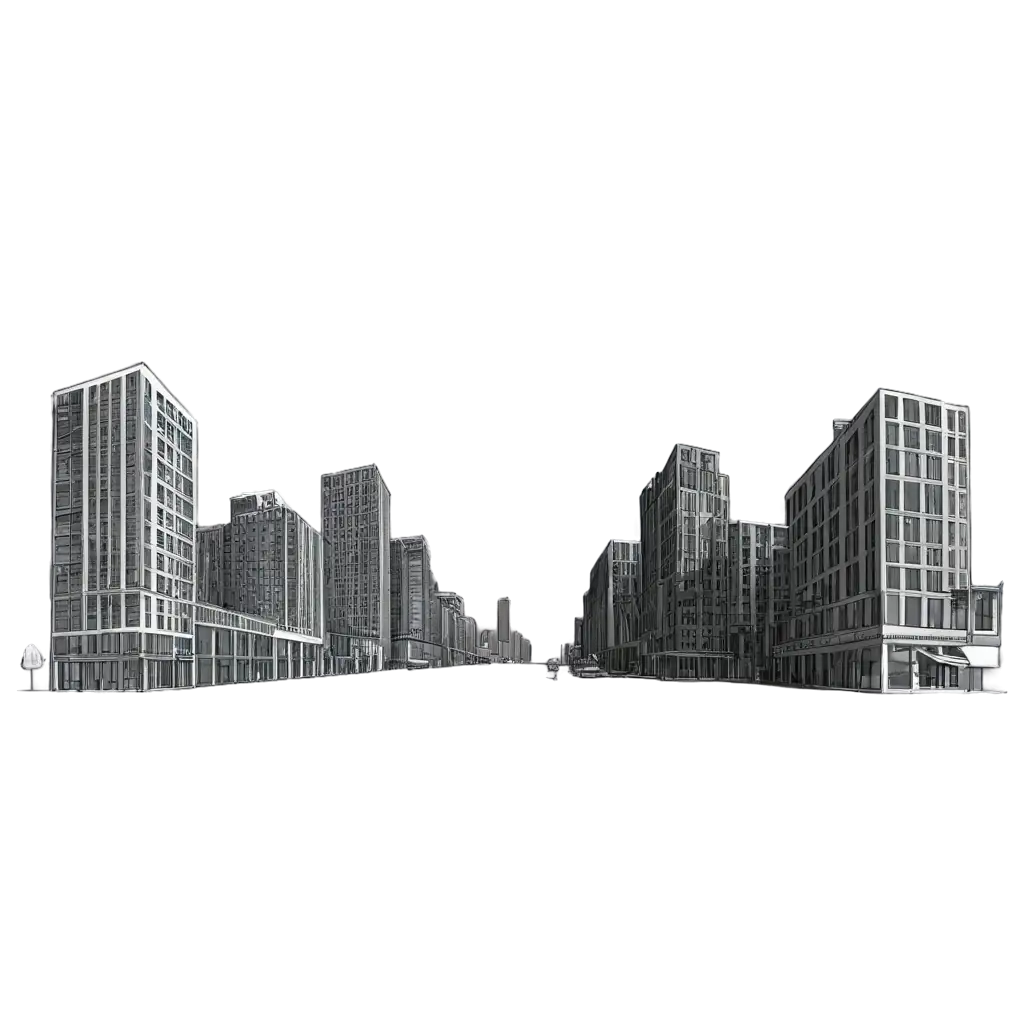
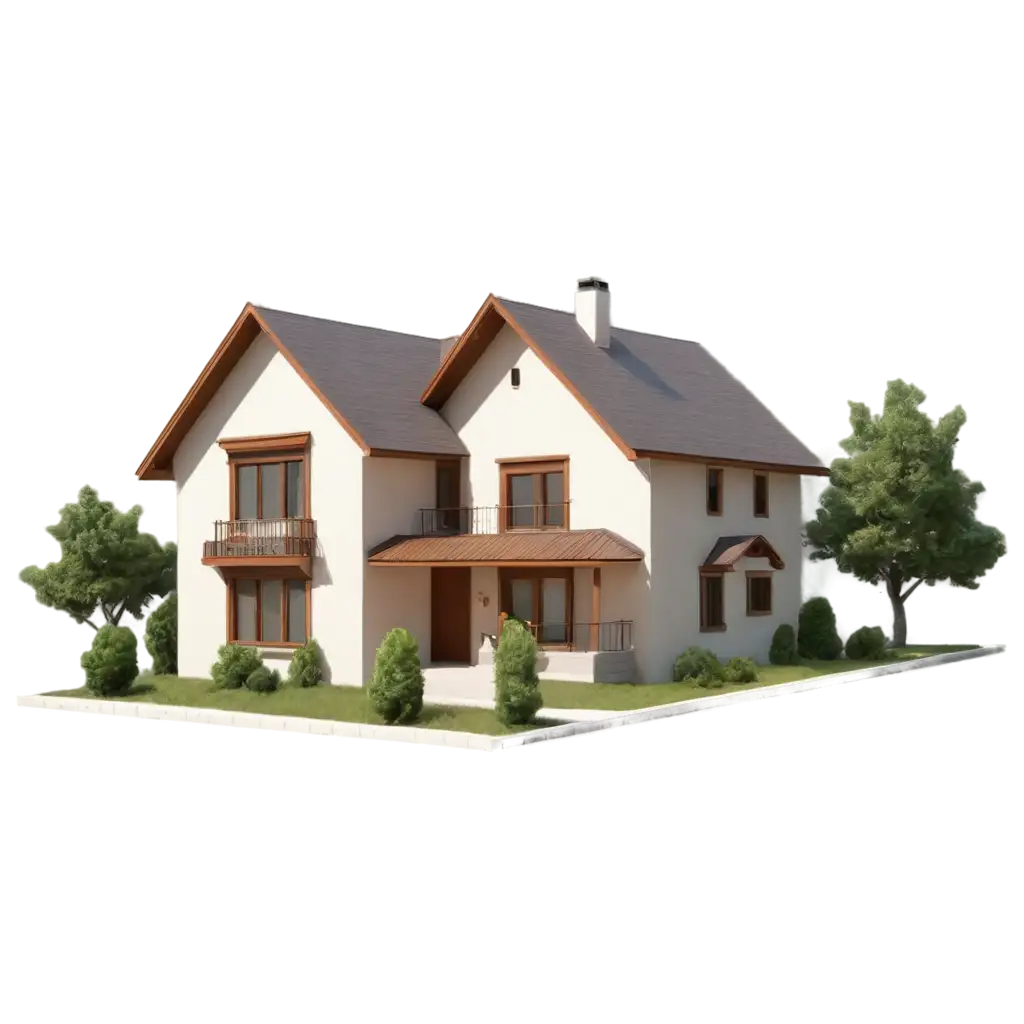
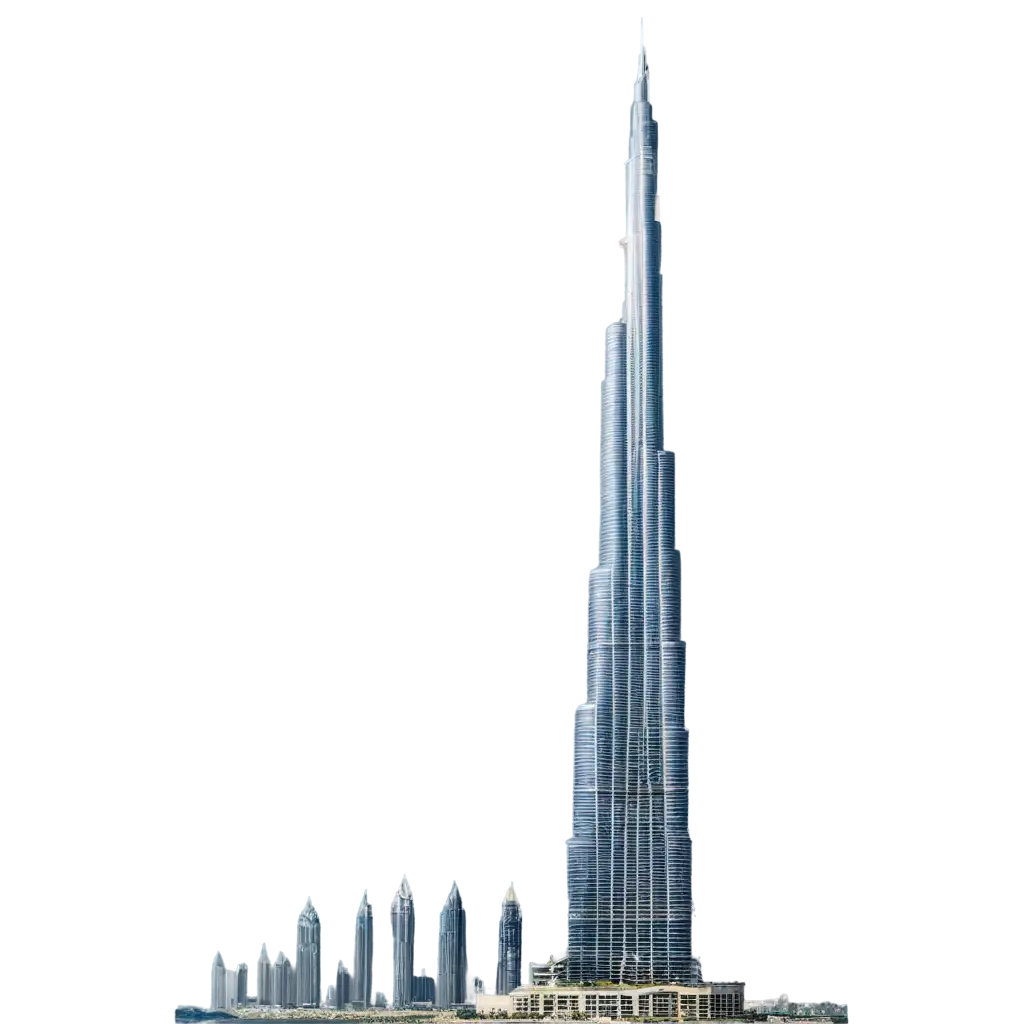
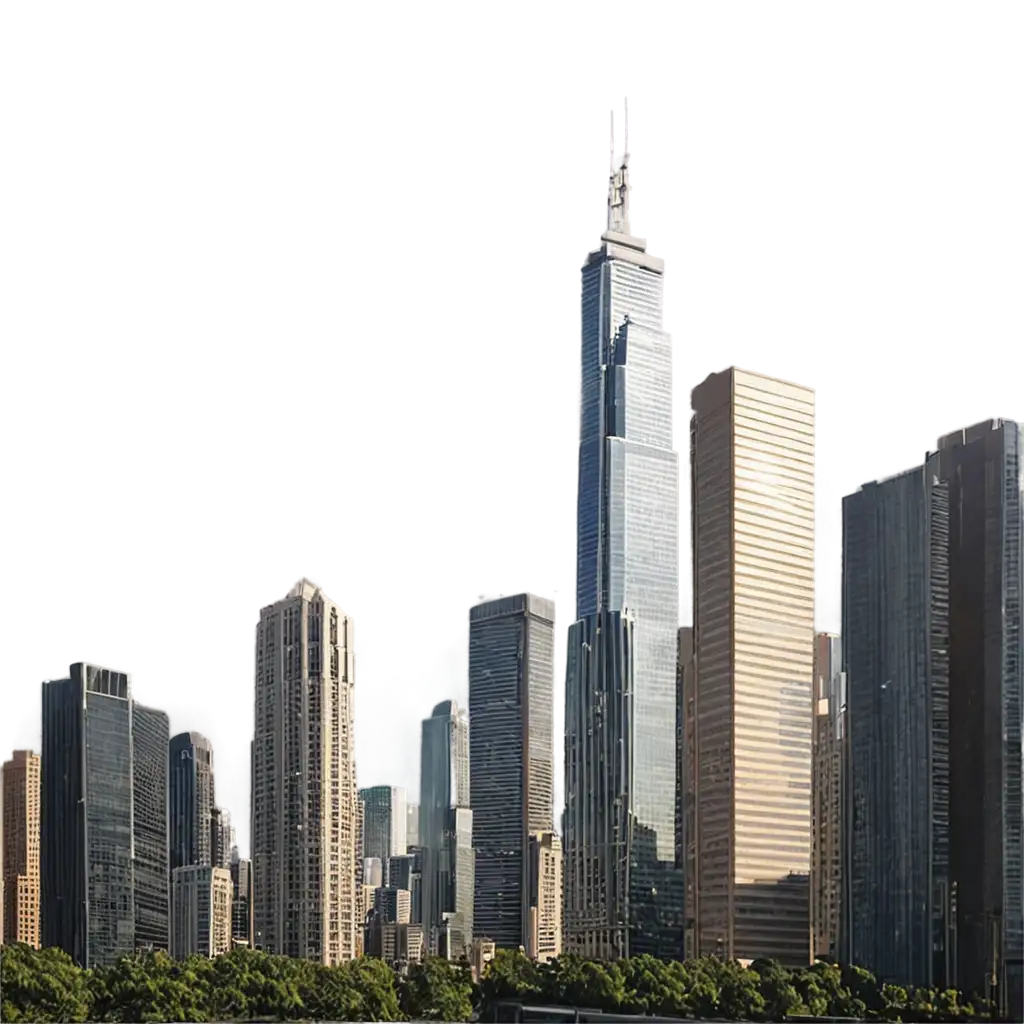

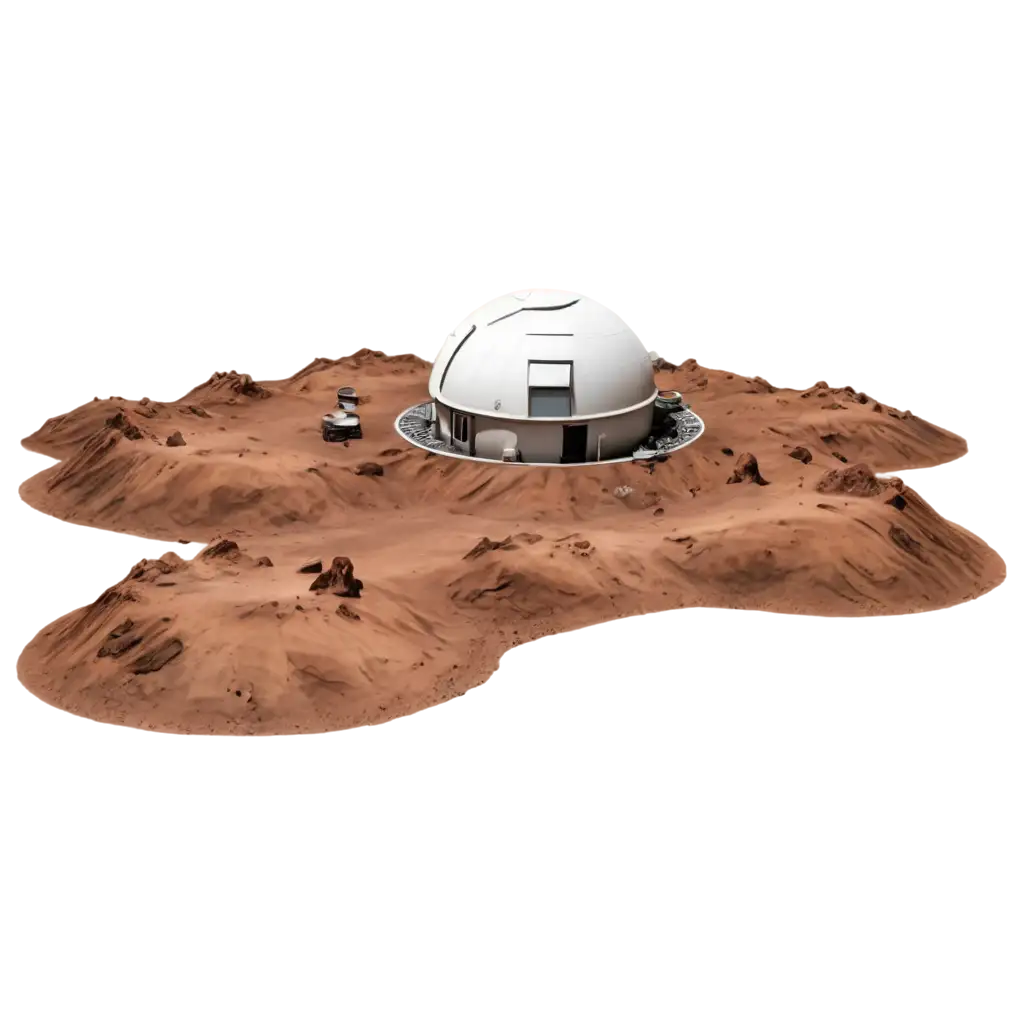
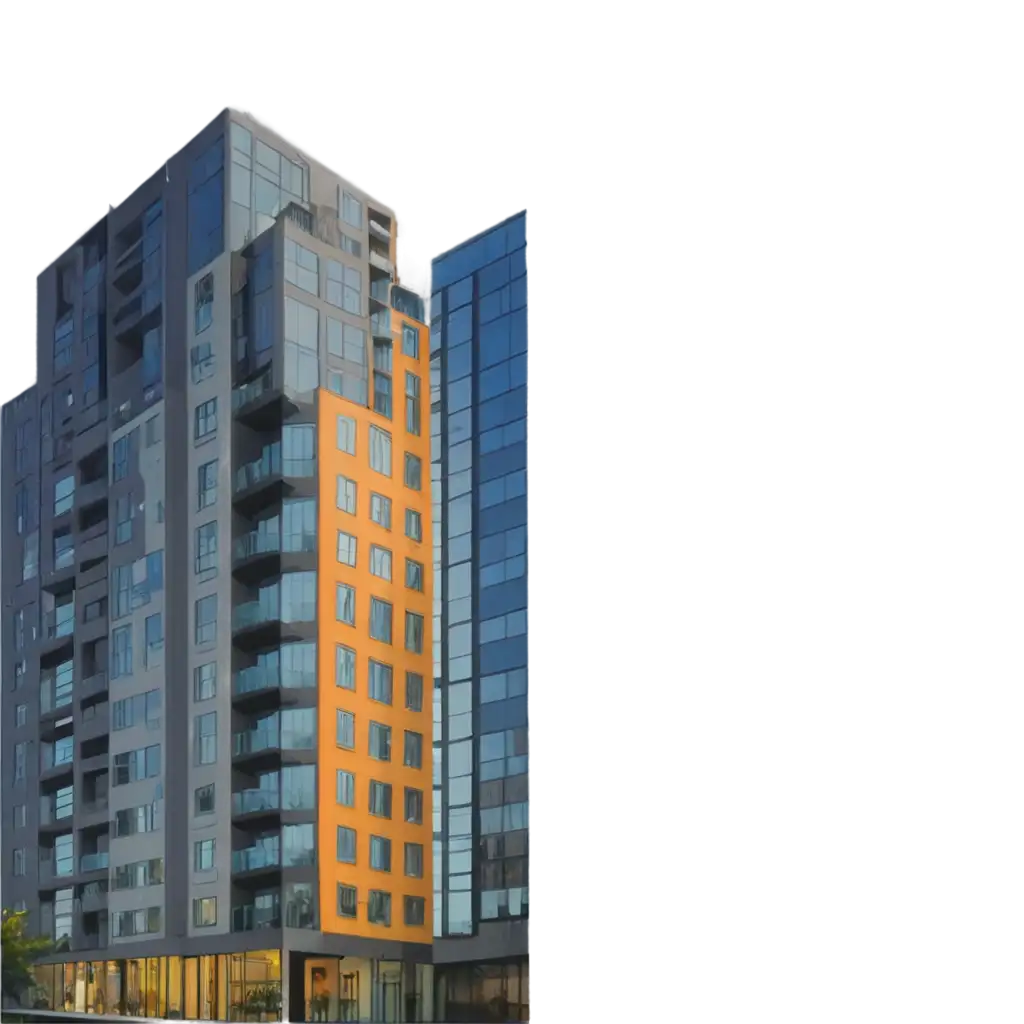
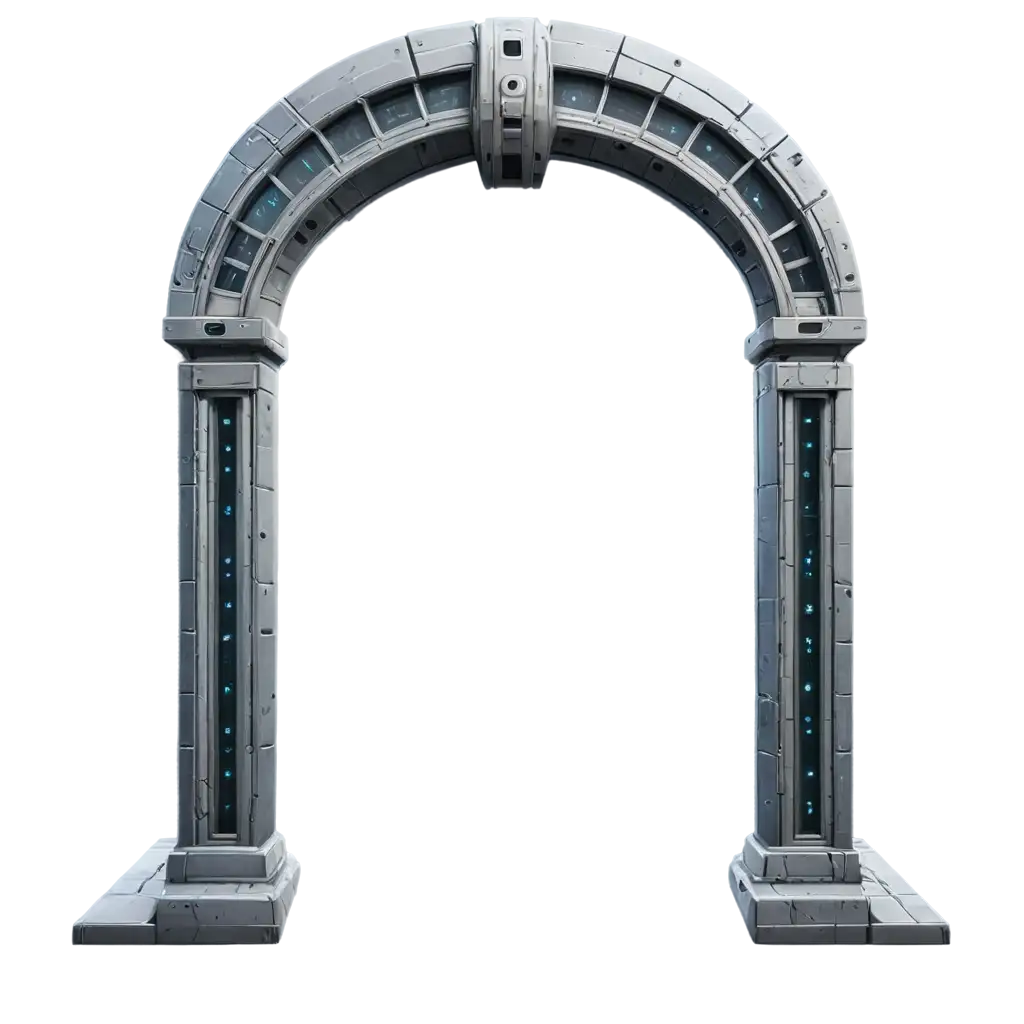
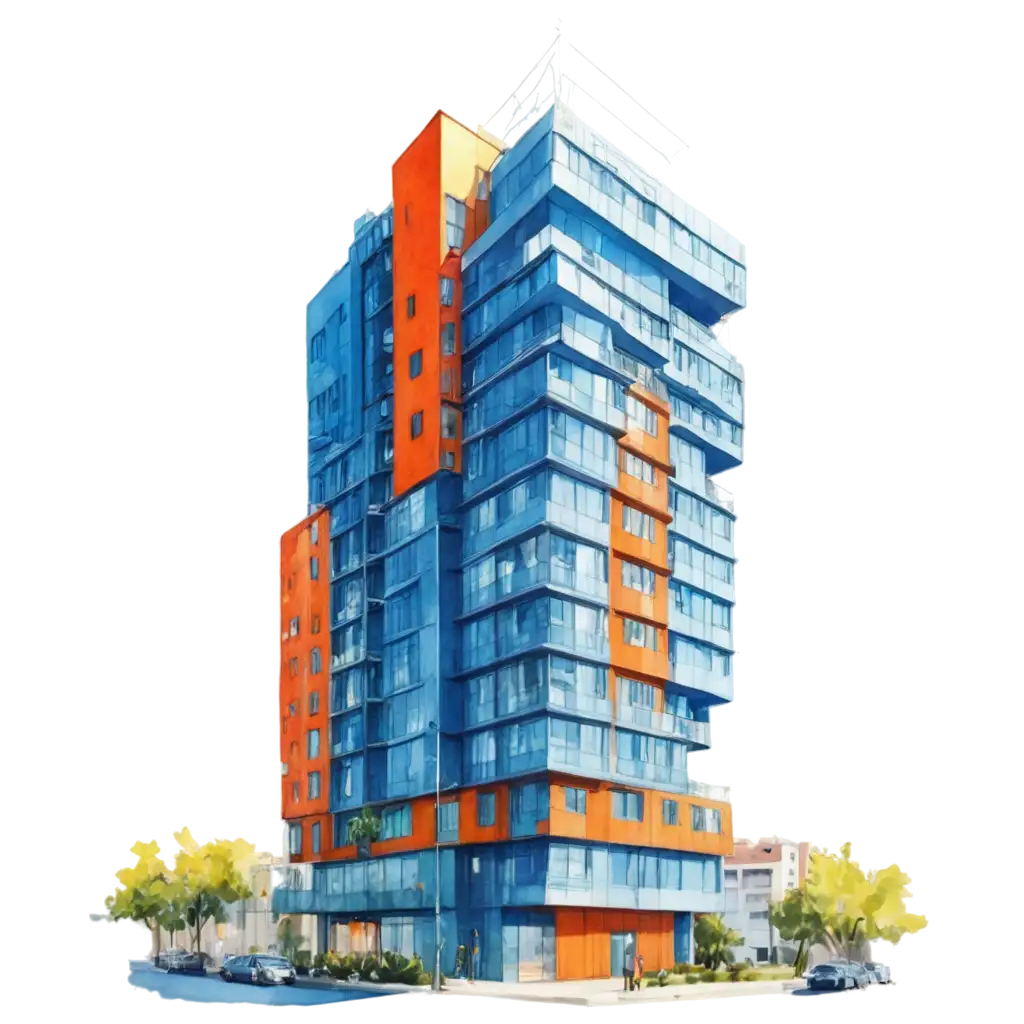
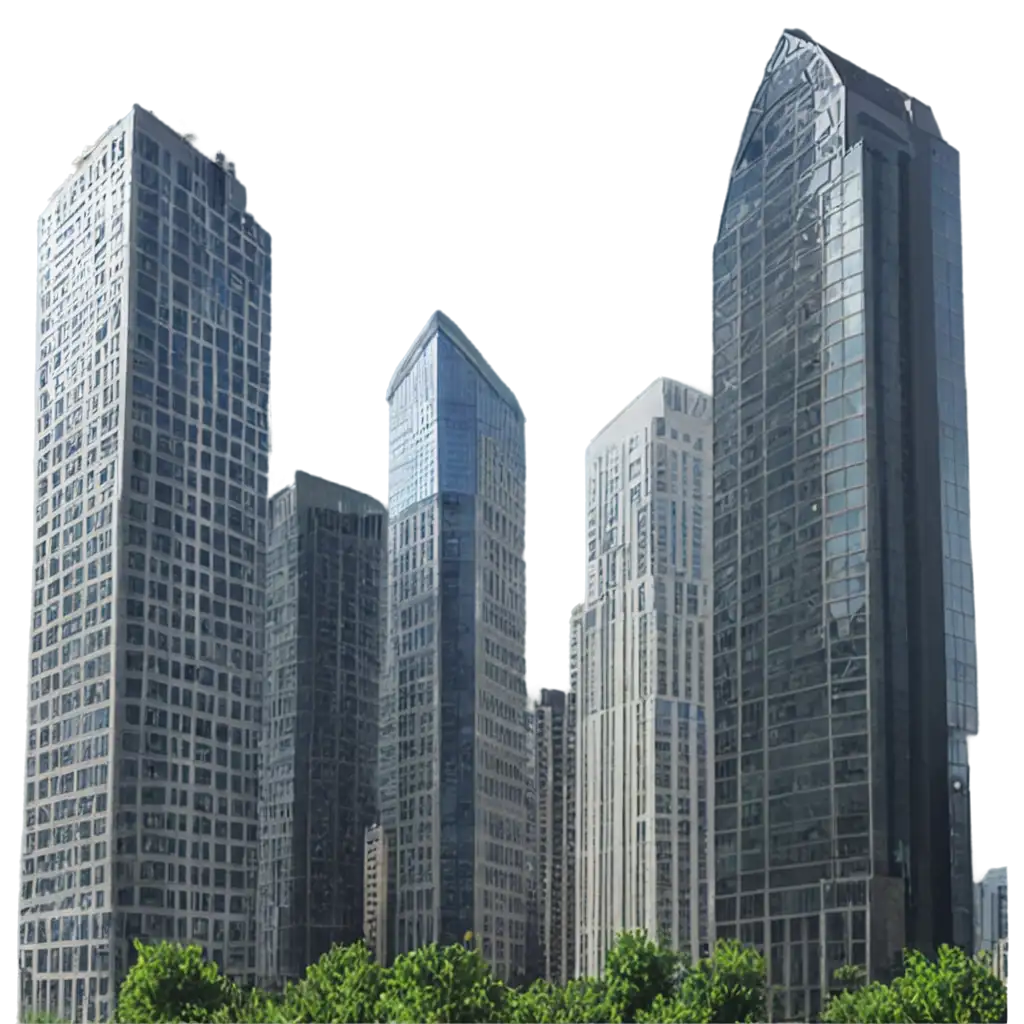
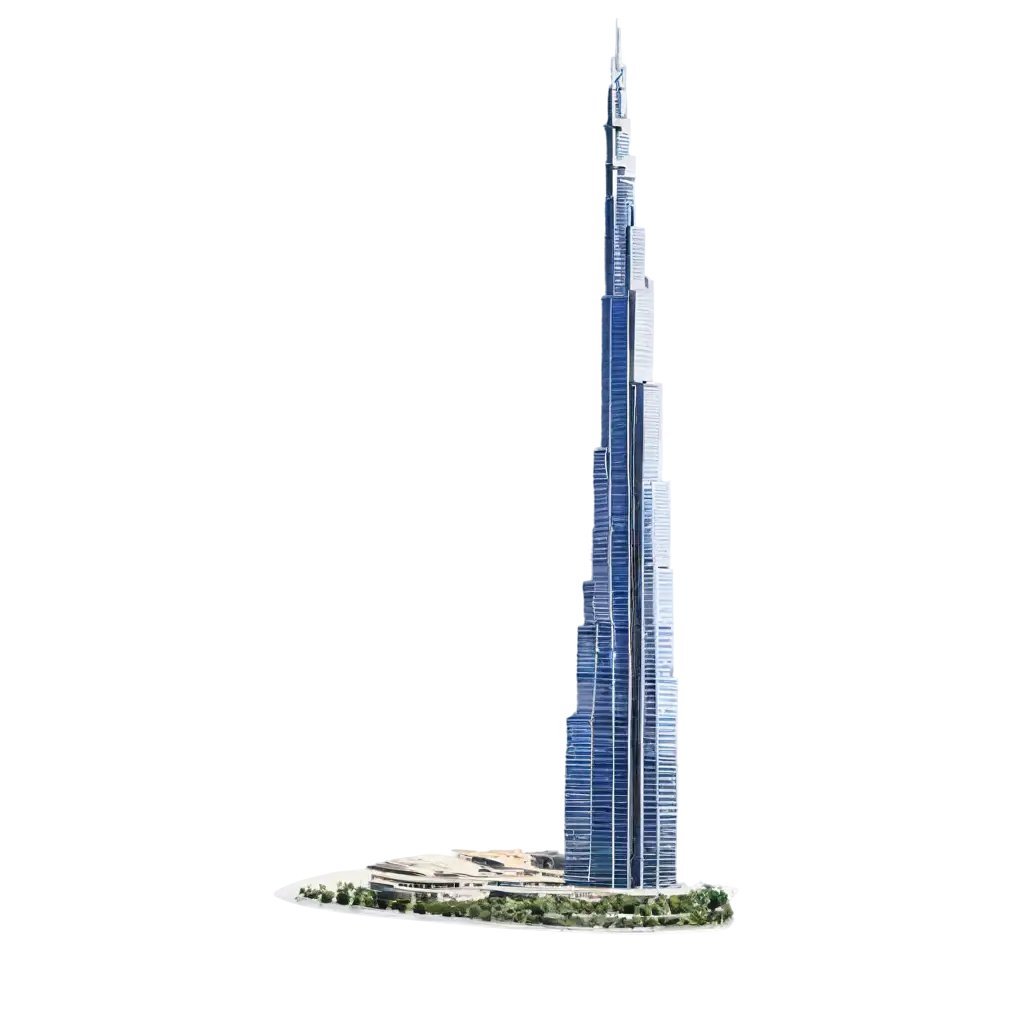
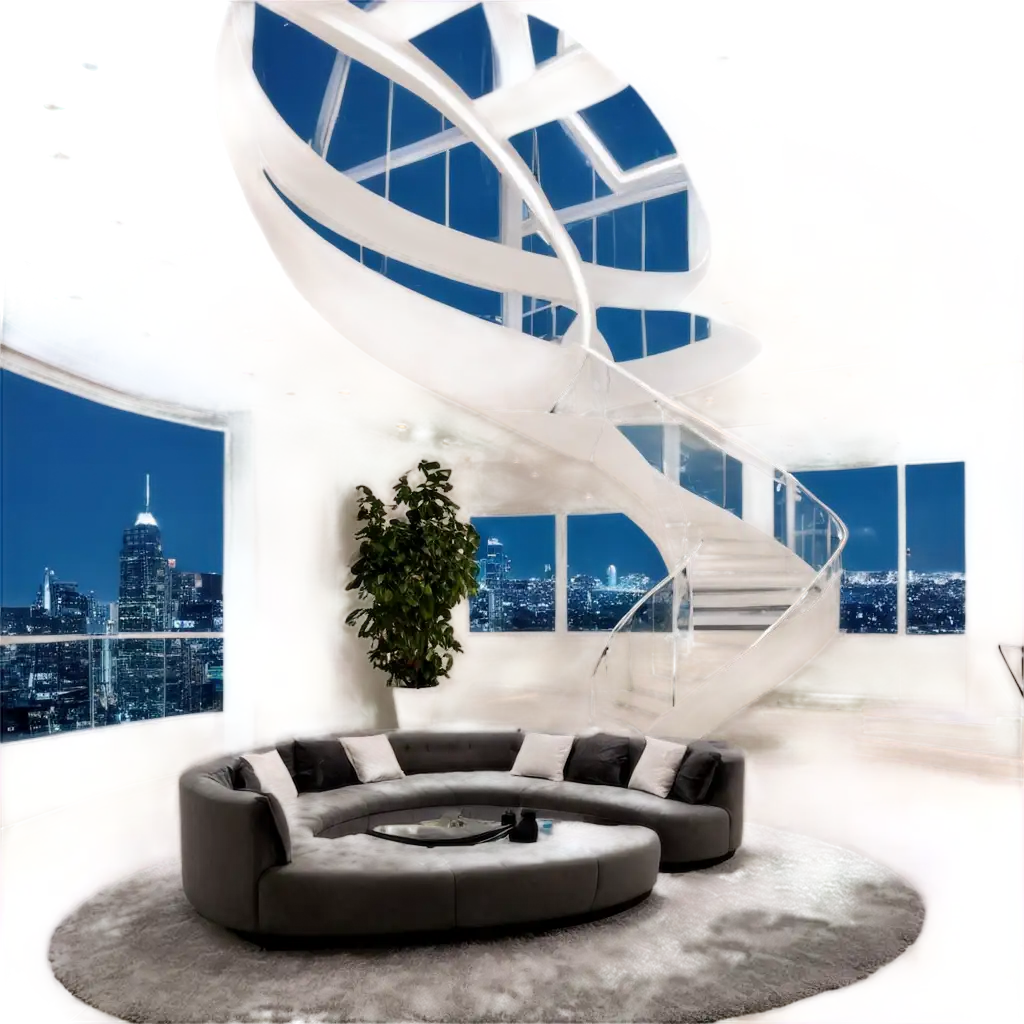
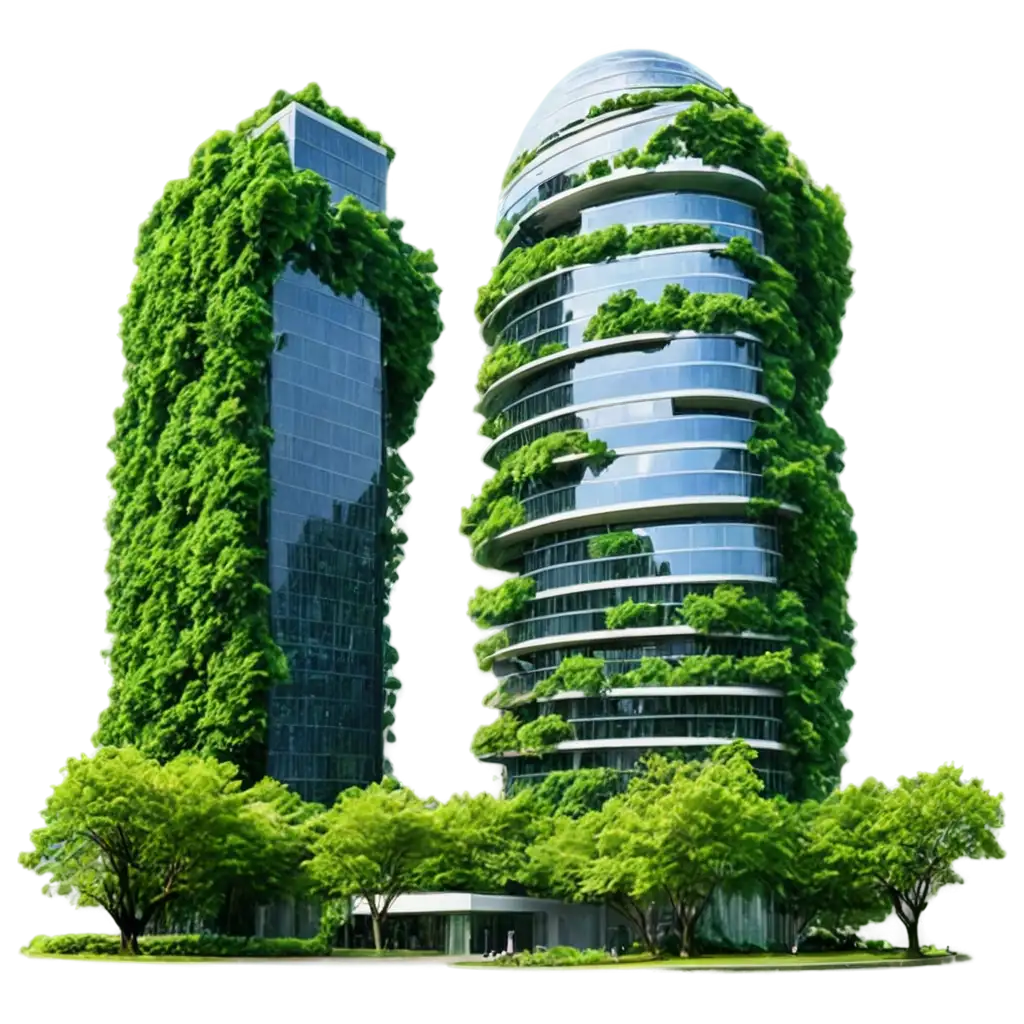
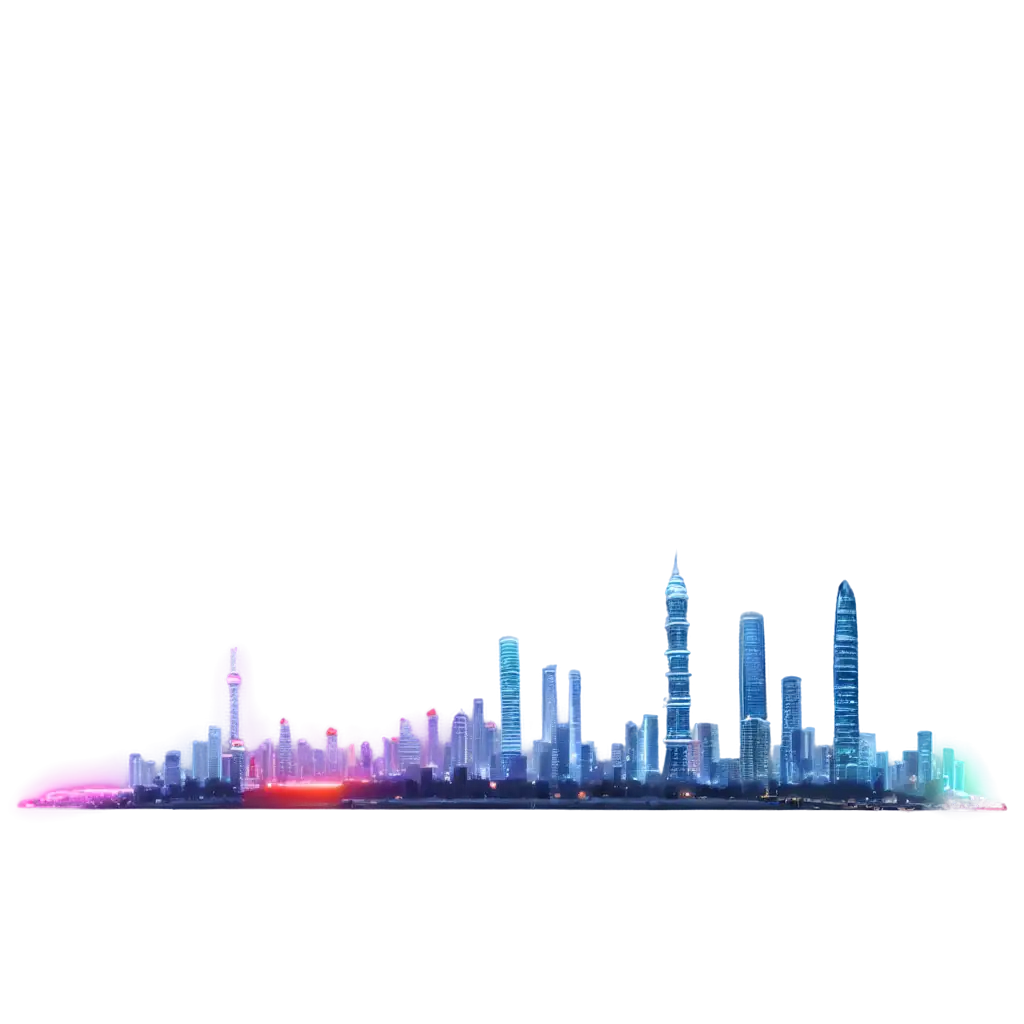


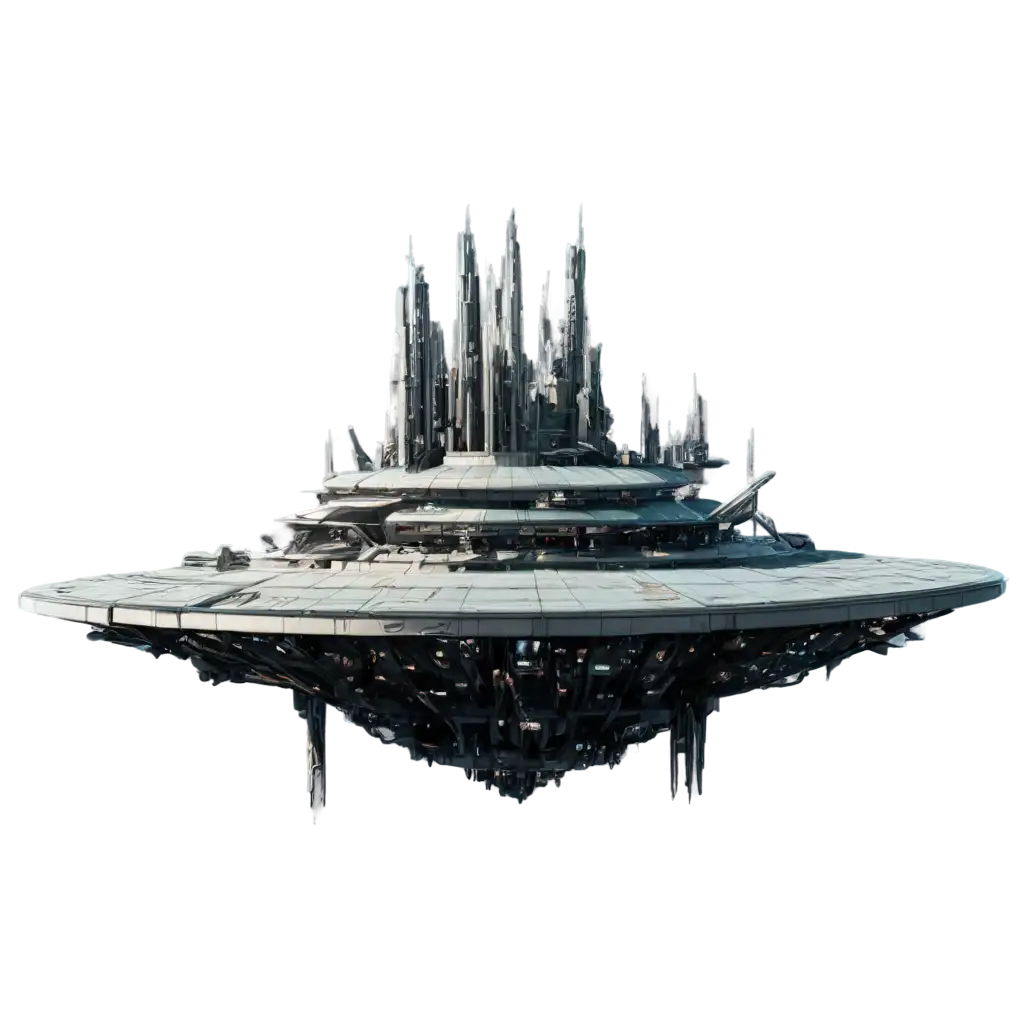
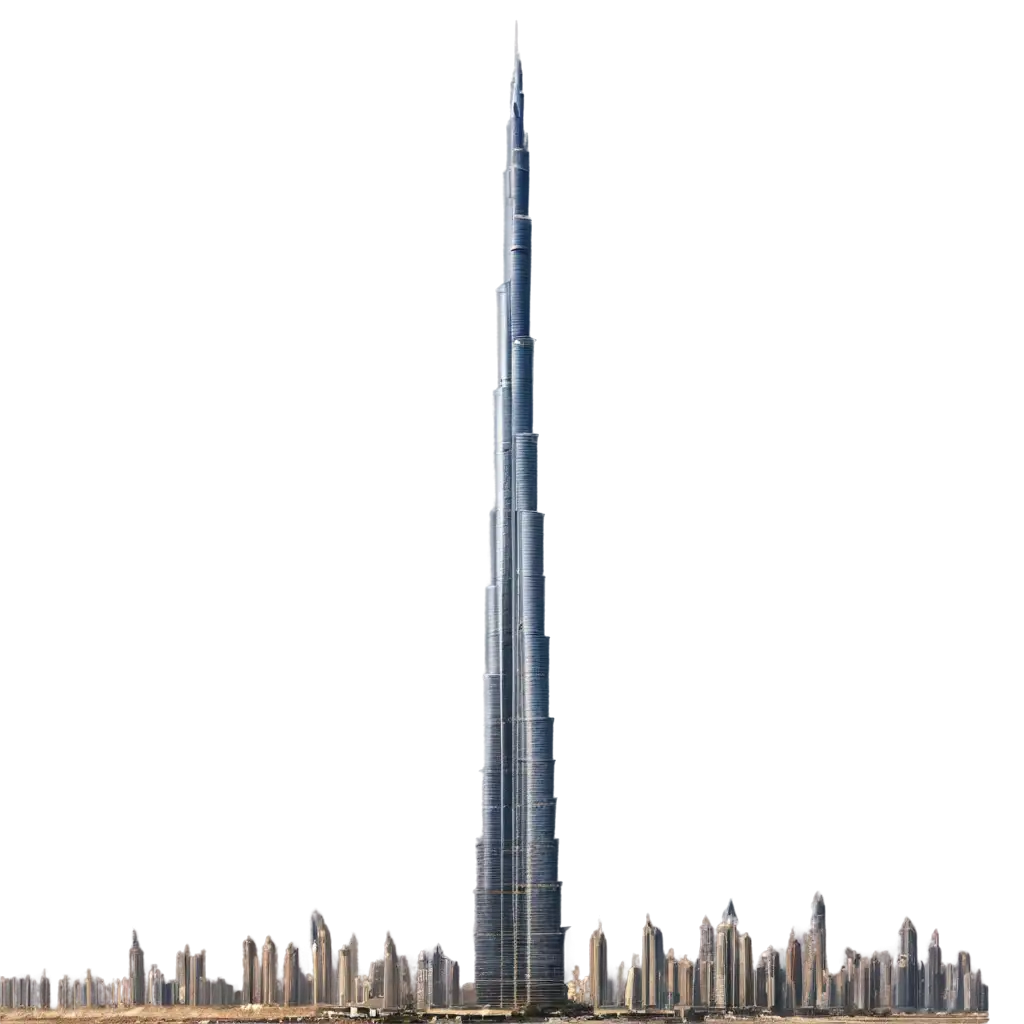

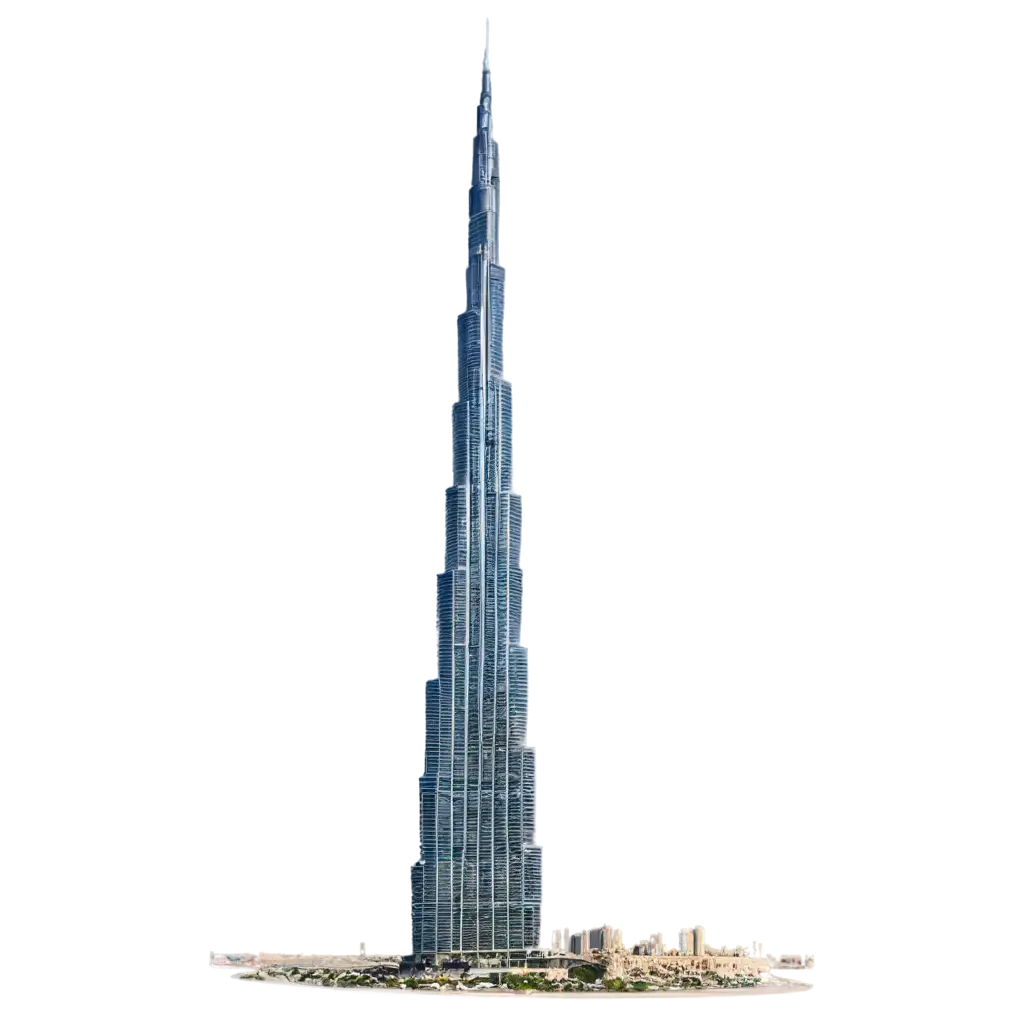


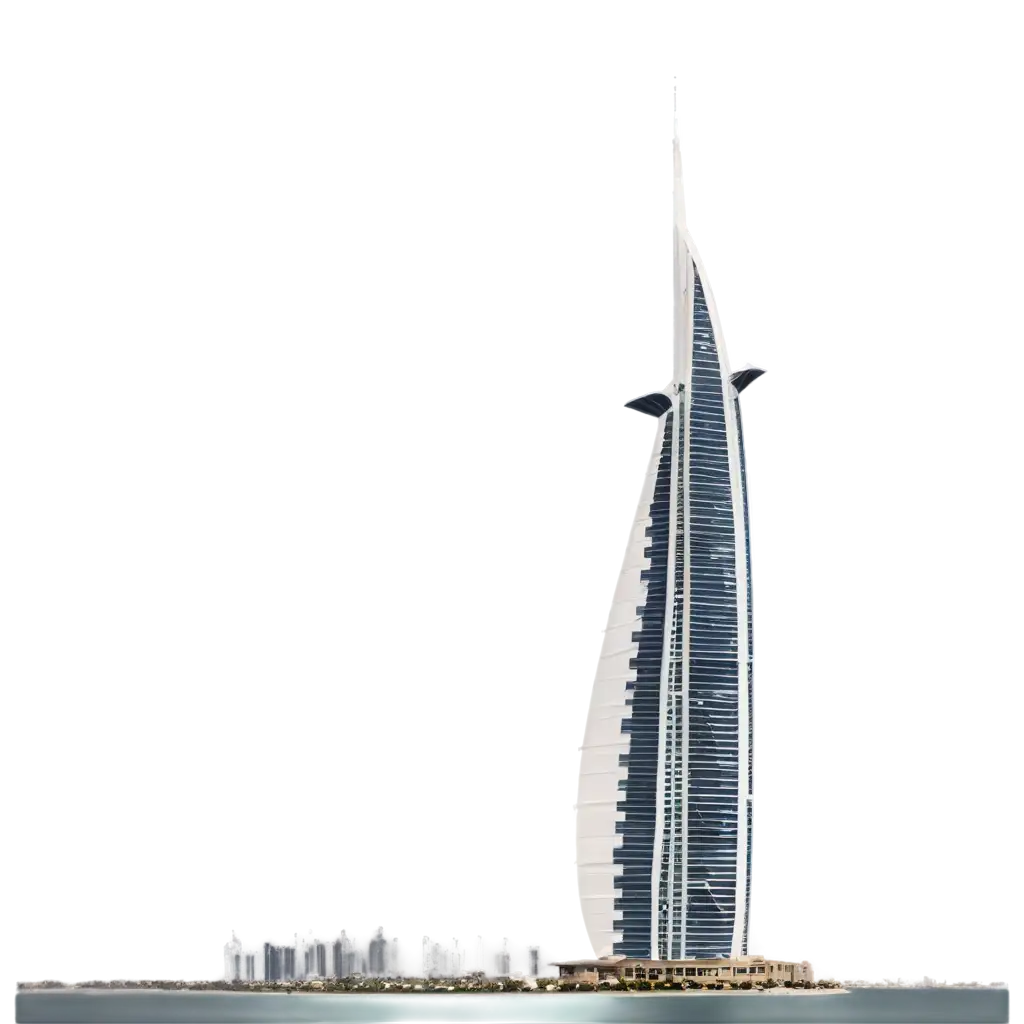

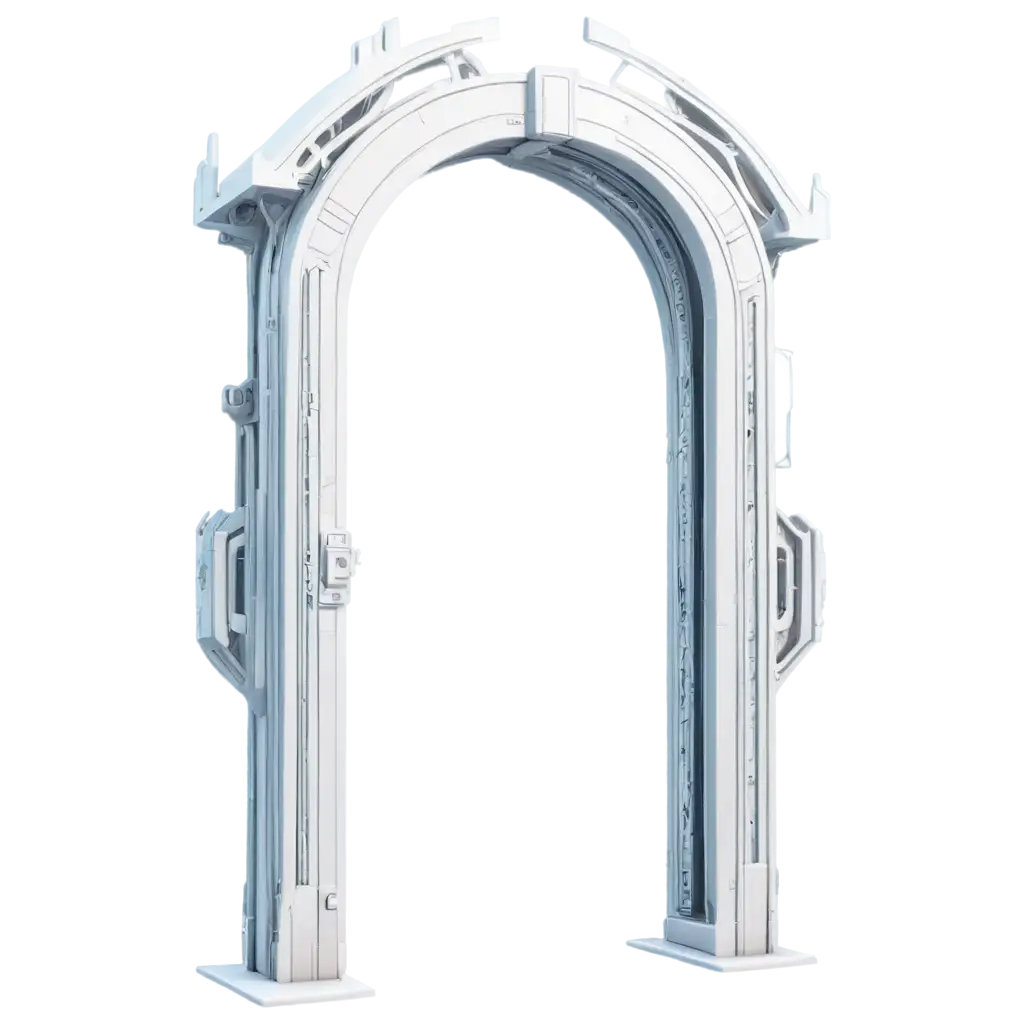
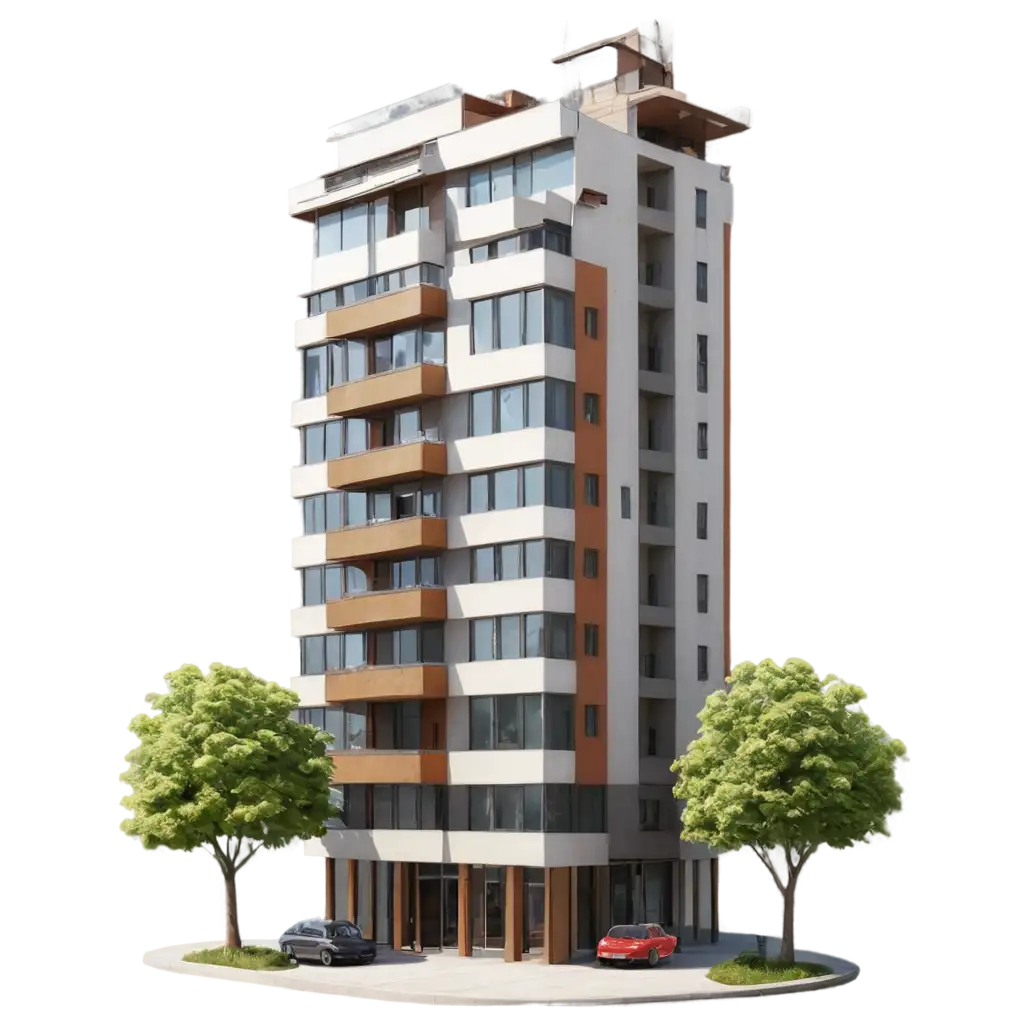

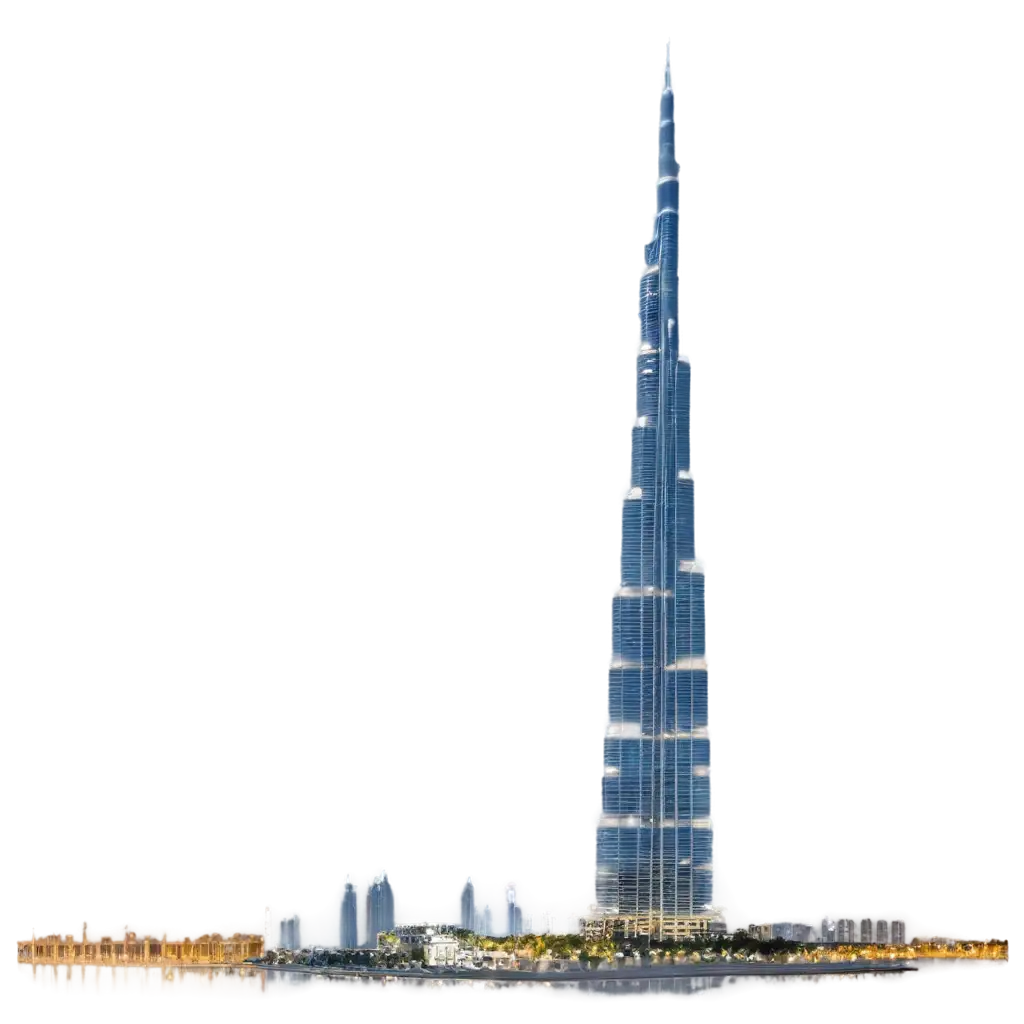
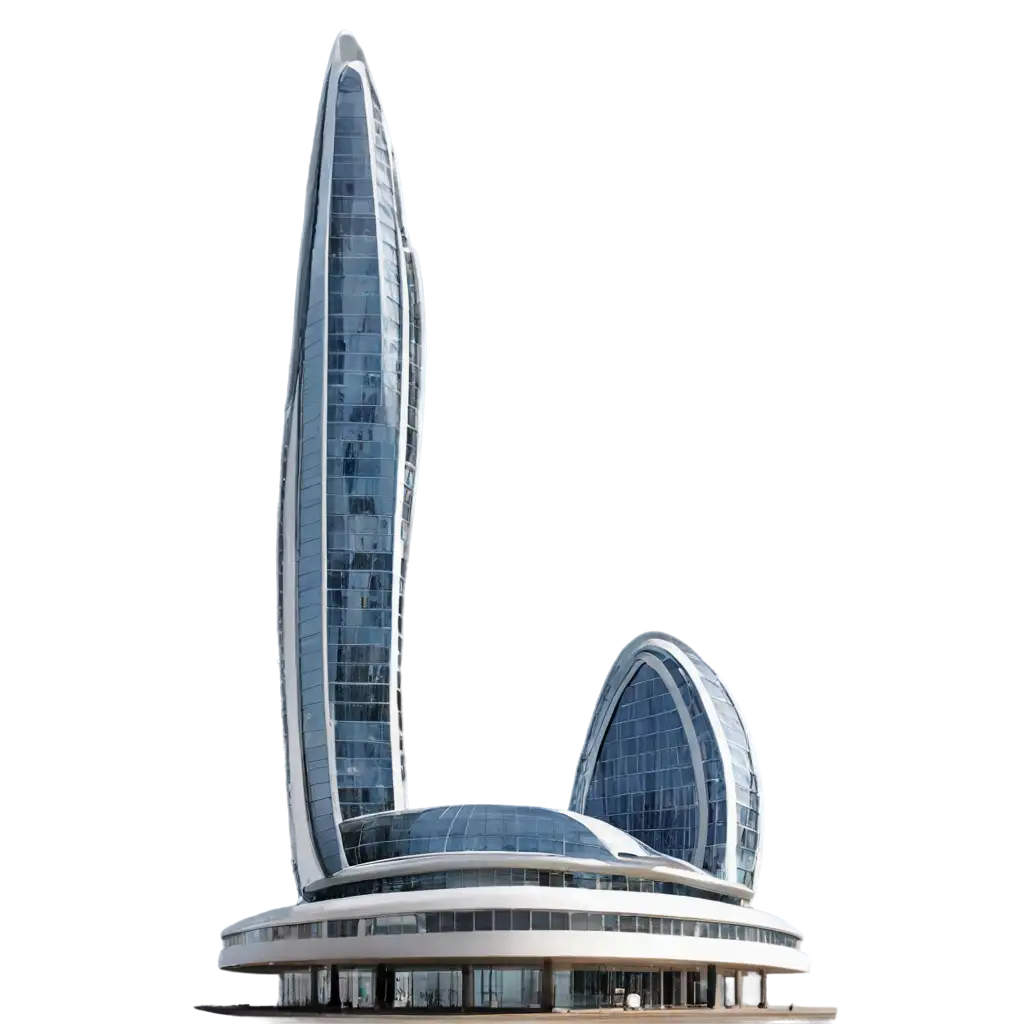
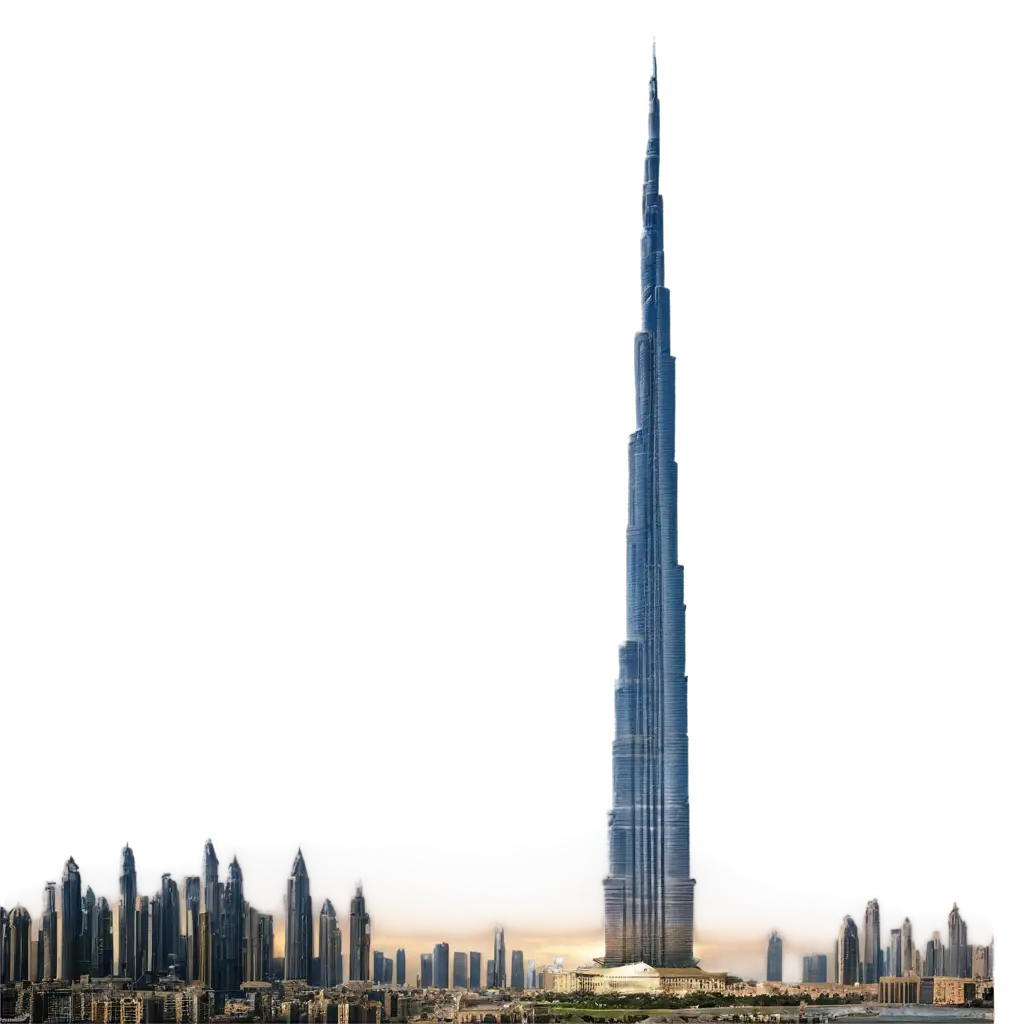
Related Tags
Futuristic Architecture refers to architectural designs and concepts that envision innovative, forward-looking structures and cityscapes. These designs often incorporate advanced materials, sustainable technologies, and bold, visionary forms that challenge traditional building practices. The origins of Futuristic Architecture can be traced back to the early 20th century with movements like Constructivism, Expressionism, and Deconstructivism, which sought to redefine the boundaries of architectural design. As technological advancements continue to shape our built environment, Futuristic Architecture has evolved to address emerging challenges such as climate change, resource scarcity, and the changing needs of urban populations.
Definition and Background of Futuristic Architecture
Futuristic Architectural designs are characterized by their use of cutting-edge materials, such as transparent aluminum, self-healing concrete, and smart glass, which allow for more dynamic and sustainable structures. These designs often feature innovative forms, like curved, angular, or asymmetrical shapes, that defy conventional building techniques. Futuristic architecture is also known for its integration of renewable energy sources, advanced climate control systems, and intelligent automation, all of which aim to create more energy-efficient and self-sustaining buildings. The applications of Futuristic Architecture span a wide range, from residential and commercial high-rises to transportation hubs, research facilities, and even entire 'smart cities' that leverage technology to optimize urban living.
Characteristics and Applications of Futuristic Architecture
Some of the most renowned works of Futuristic Architecture include Norman Foster's 'Gherkin' building in London, Zaha Hadid's 'Heydar Aliyev Center' in Baku, Azerbaijan, and Rem Koolhaas' 'CCTV Headquarters' in Beijing. These structures, along with the visionary designs of architects like Buckminster Fuller, Kisho Kurokawa, and Santiago Calatrava, have pushed the boundaries of what is possible in the world of architecture. These pioneers have not only created awe-inspiring structures but have also inspired the next generation of Futuristic Architects to explore new possibilities in the built environment.
Notable Works and Visionary Architects of Futuristic Architecture
As technology and sustainability become increasingly paramount in architectural design, the future of Futuristic Architecture is poised to be even more innovative and transformative. Emerging trends include the integration of artificial intelligence and robotics in the construction process, the use of 3D printing and advanced materials to create complex, customizable forms, and the development of self-sufficient, off-grid buildings that generate their own energy and water. Additionally, the rise of smart cities and the integration of urban infrastructure with digital technology will continue to shape the future of Futuristic Architecture, creating more efficient, livable, and resilient built environments. As the world faces global challenges, Futuristic Architects will play a crucial role in reimagining and redefining the way we live, work, and interact with the spaces around us.
Emerging Trends and Future Development of Futuristic Architecture